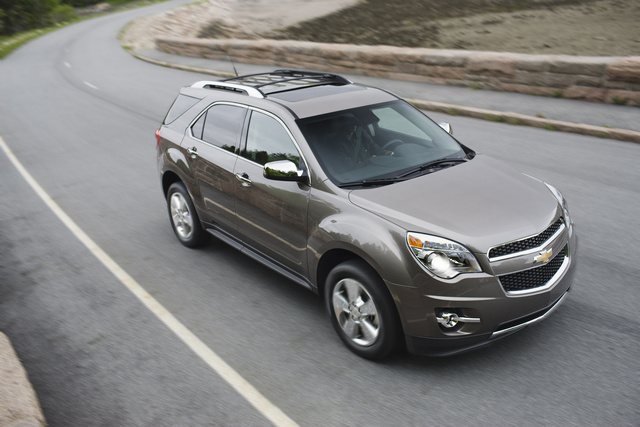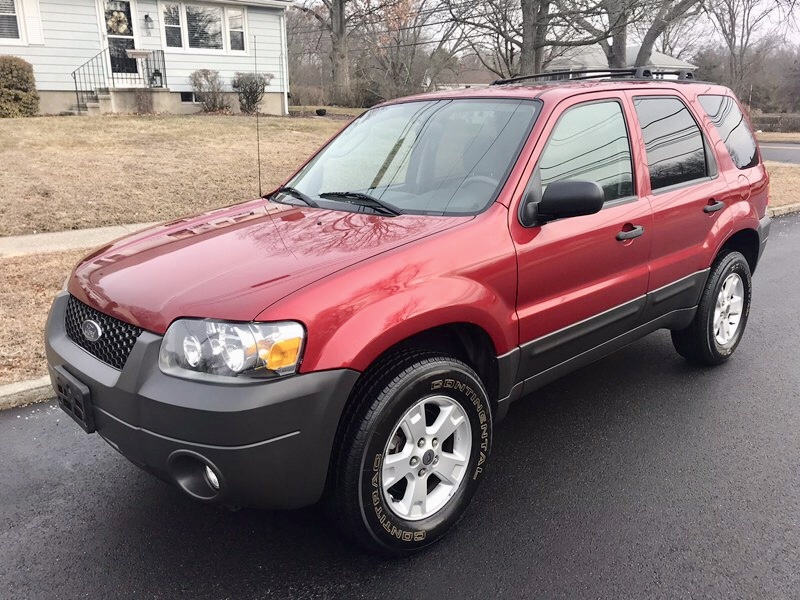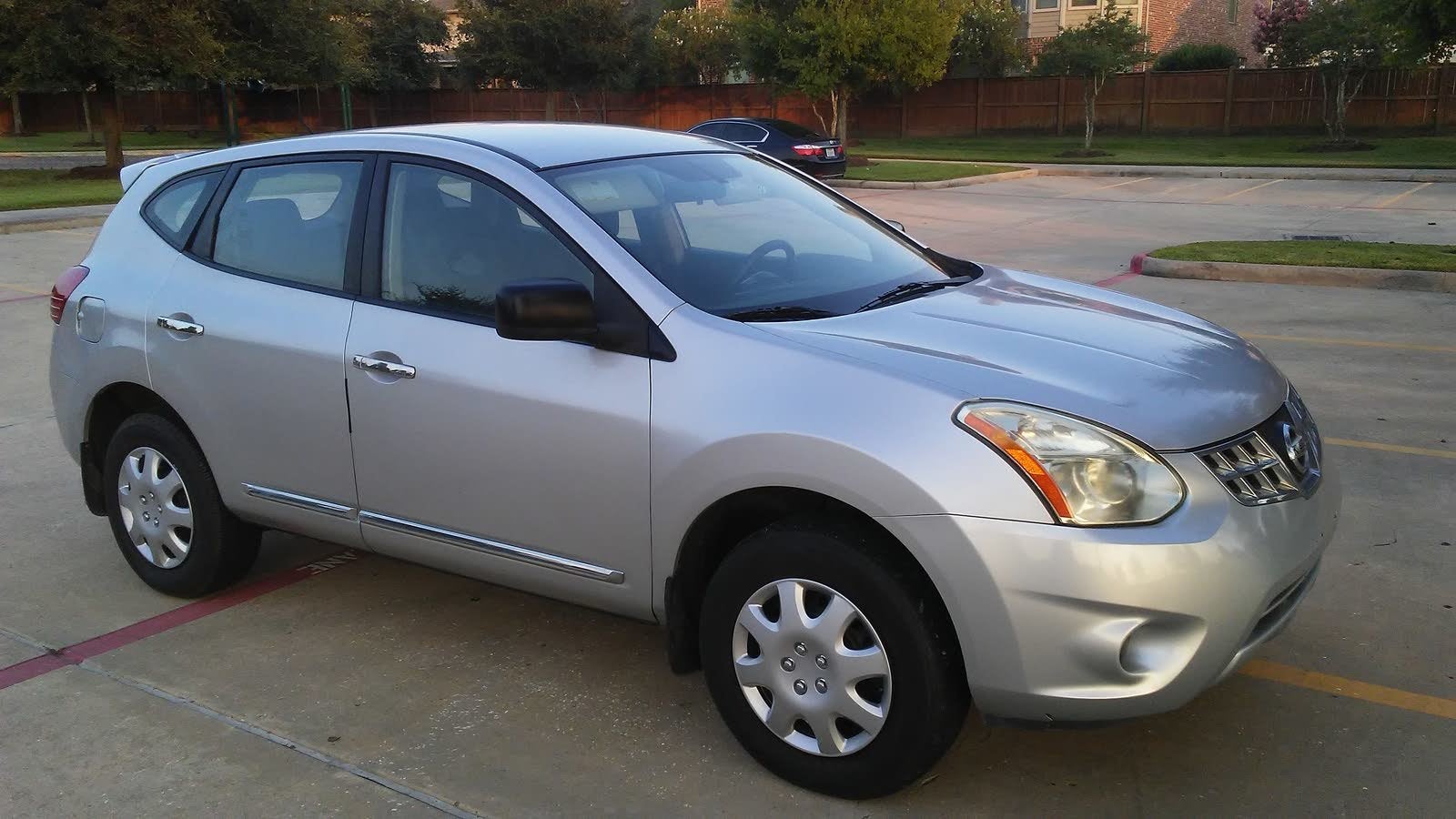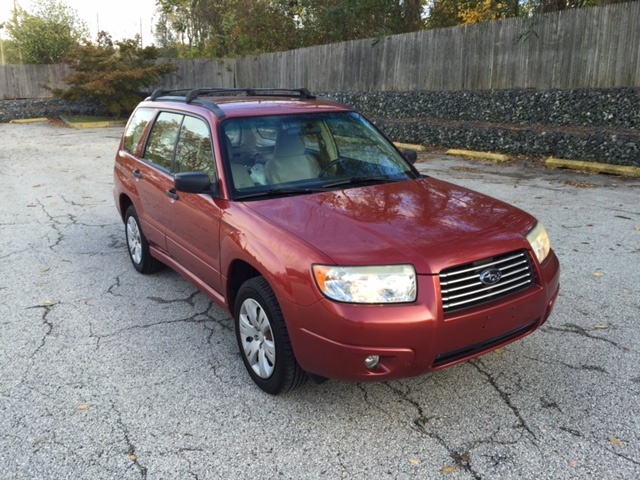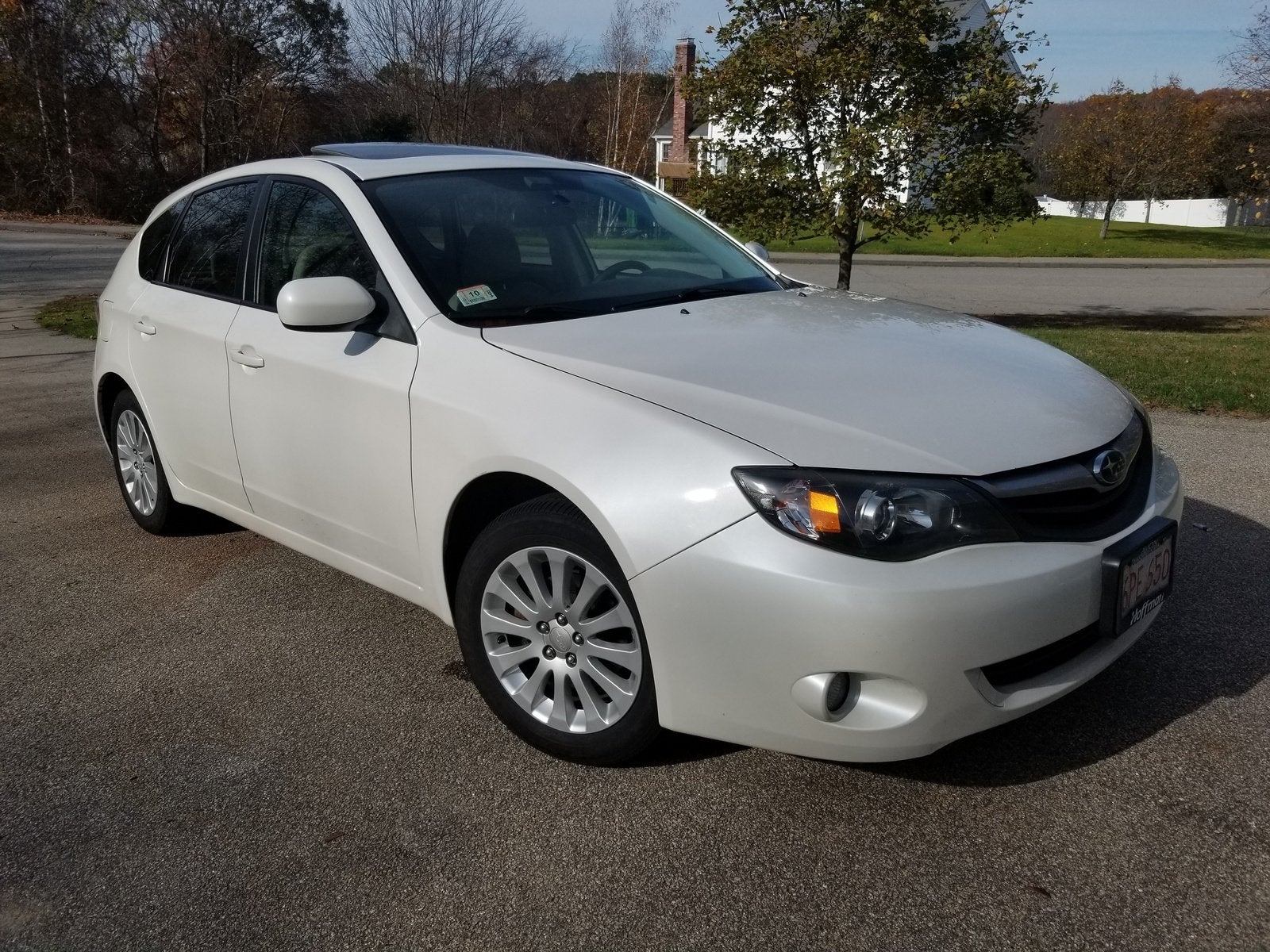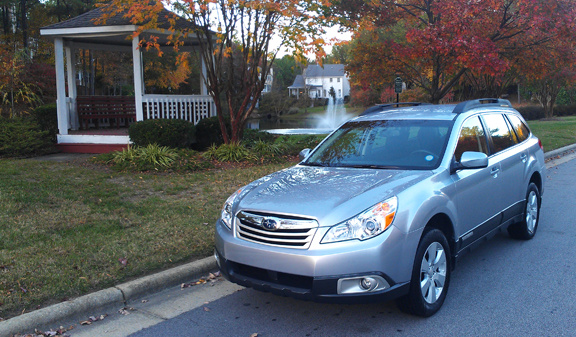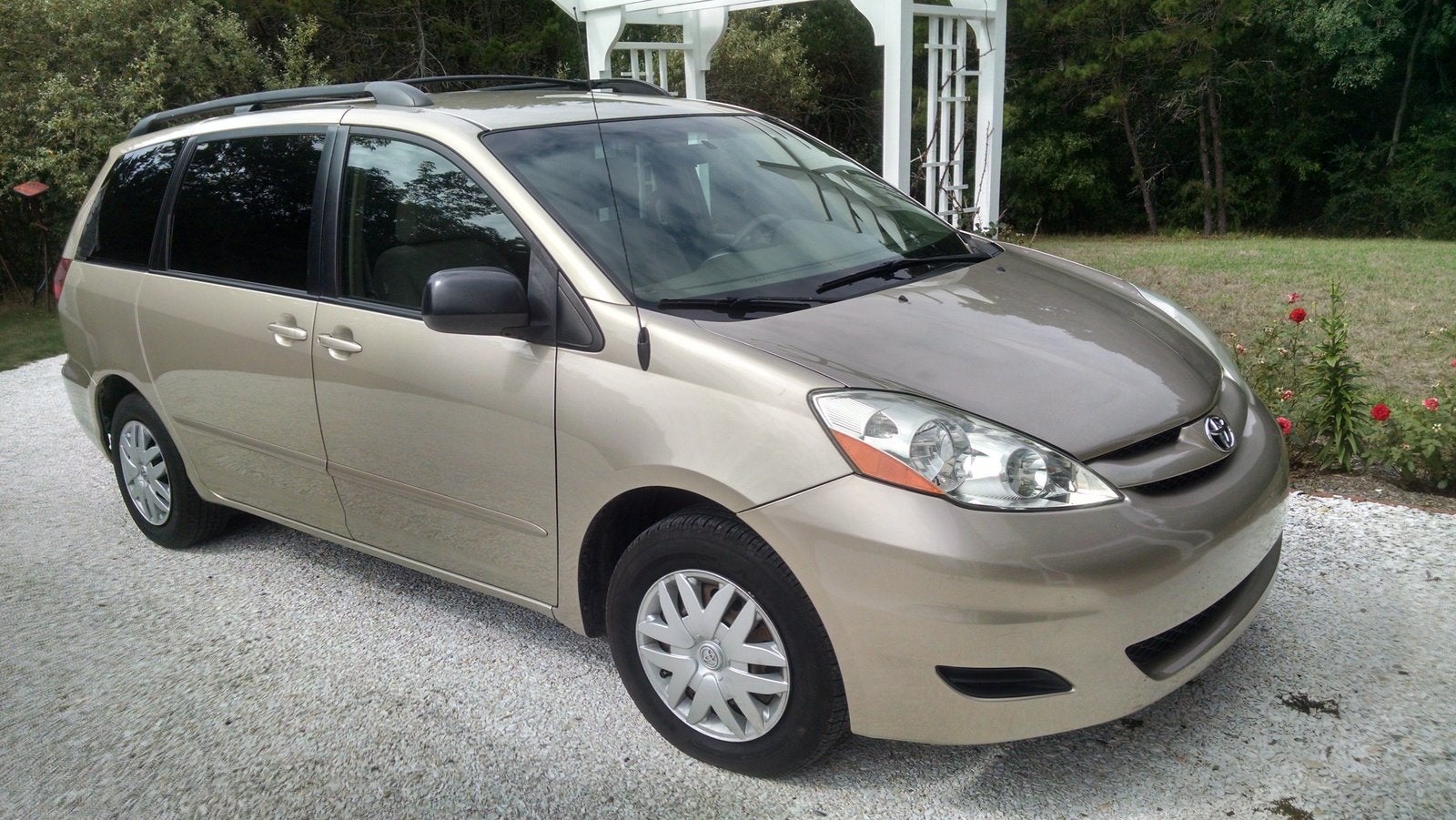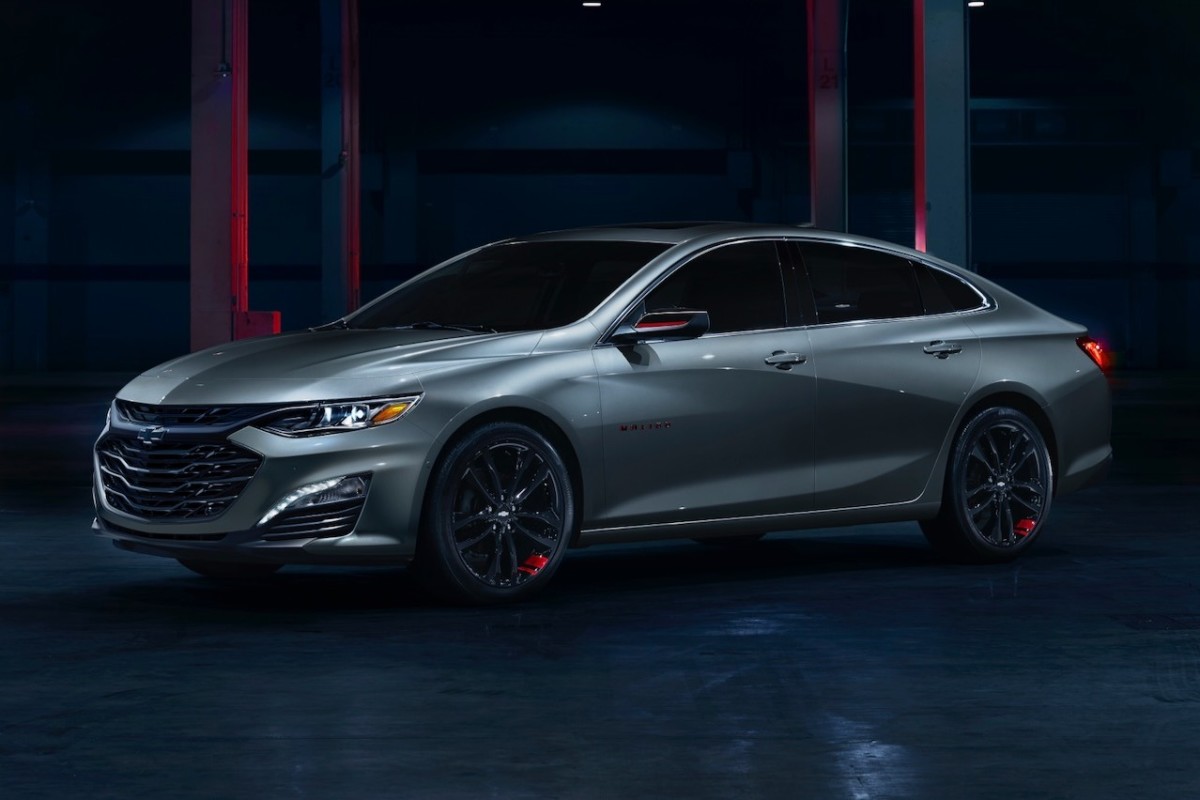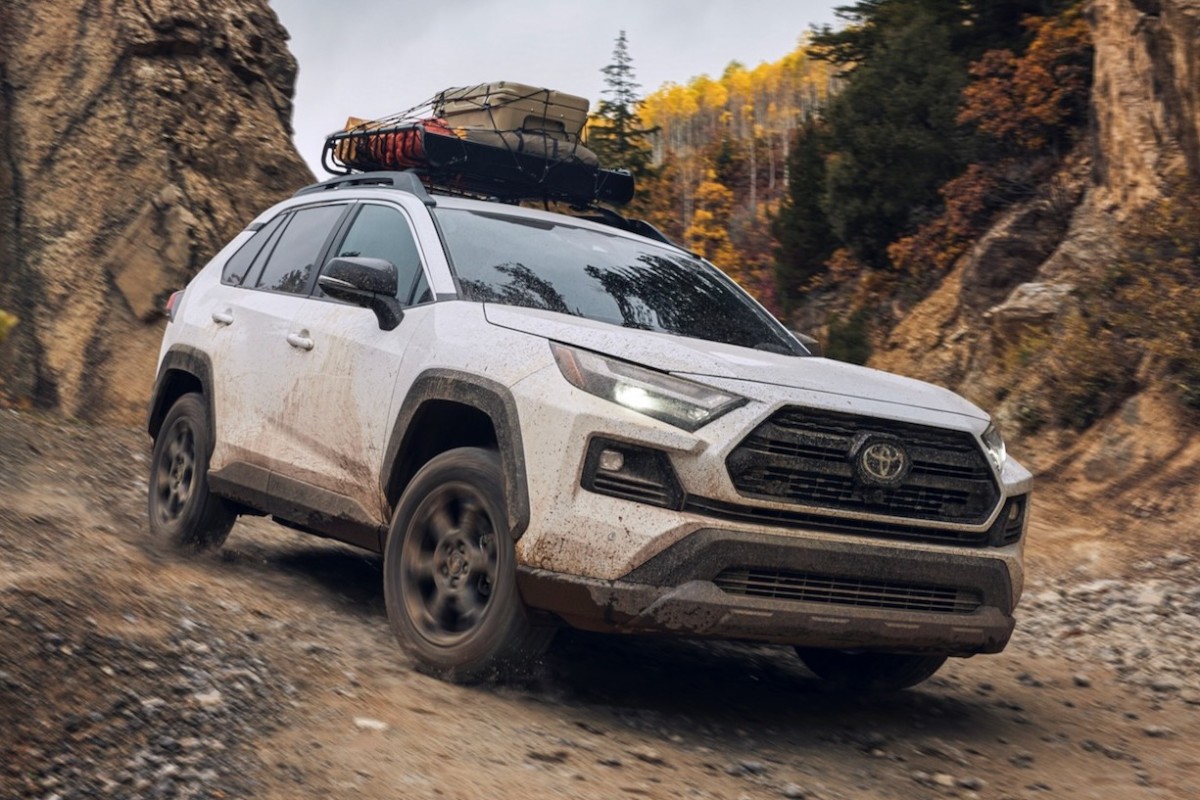While most vehicles in America can be made all-weather capable with a good set of snow tires, the two main elements that make the best snow vehicles are grip and ground clearance. It just makes automotive life easier, especially when the powder piles on a bit too high. Four-wheel-drive (4WD) and especially all-wheel drive (AWD) systems both add helpful grip, but they aren’t strictly necessary, and front-wheel drive (FWD) cars can also be good cold weather mountain goats].
That’s why we came up with this list of the best cars for snow driving. We set our budget at $10,000, about as low as you can go for a functional, durable vehicle these days and scoured CarGurus listings. To compile a sufficient variety, we considered models going back to 2004 and capped the mileage limit at 160,000.
Nicer 4WD SUVs like the Jeep Grand Cherokee and most premium AWD cars like the Audi A4 are generally unavailable or too worn out at this price, sadly. The same goes for the Acura RDX, BMW X5, and higher-end fare like the Porsche Macan. Then many large SUVs and pickup trucks also default to rear-wheel drive (RWD), which isn’t great in snow. We’ve focused our choices on reliable but cheap used cars and crossovers, many of which are available with intuitive AWD/4WD systems. Let’s run through a wide assortment of solid options.
Be sure to check out our other guides for plenty of insight on the best new cars for such duty, too.
The Best Cheap Cars for Snow in 2025
- Chevrolet Equinox
- Dodge Journey
- Ford Focus
- Ford Escape
- Nissan Rogue
- Subaru Forester
- Subaru Impreza
- Subaru Outback
- Toyota Sienna
- Volvo XC70
Chevrolet Equinox
Crossovers have been hot sellers for more than 20 years, but with SUVs of all types in heavy demand today, most still cost more than $10,000. GMs’ original compact crossovers, the Chevy Equinox and the mechanically similar Pontiac Torrent, aren’t too hard to find in good condition at this price and offer available AWD and off-road capable ground clearance (7.9 or 8.0 inches on most versions), even if they aren’t meant for the Rubicon trail. Introduced for the 2004 model year, the Equinox offered four-cylinder or V6 power, while the Pontiac, added in 2006, was V6-only.
In 2009, the Equinox was redesigned and the Torrent morphed into the GMC Terrain. Those second-generation models are even nicer but a little harder to find at this price. Spacious SUVs aimed at popular Japanese competitors like the Toyota RAV4 and Honda CR-V, the Equinox, Torrent, and Terrain aren’t the flashiest crossovers but they’re ideal for small families on a budget. There’s lots of rear seat room for kids or car seats and a big cargo area. Standard roof rails and a tow rating of up to 3,500 pounds allow for even more flexibility. They don’t drive badly, either.
Dodge Journey
Like the Chevy Equinox, the Dodge Journey is a family-friendly, bargain-bin crossover, and it appeared around the same time as the second-generation Equinox in 2009. Like the Chevrolet, the Journey came with four-cylinder or V6 power and FWD or AWD. AWD is rarer on the Journey than on its GM rivals and it can only tow 2,500 pounds, but it has a variety of features they don’t, including an optional (and tiny) third row and sliding seats for serious cargo versatility.
Since the Journey was built into 2020, it also got lots of updates over the years. Some have nice extras like heated seats, remote-start systems (ideal for warming up the car in winter) and modern infotainment systems, though those might be hard to find at this price.
The downsides of the Journey are that it’s not much to look at, isn’t very fun to drive, and despite roomy front seats, the second row feels a little cramped. Even with the V6 in R/T trim, this just isn’t a very engaging vehicle. Fuel economy is also mediocre on all models. The capacious body weighs more than two tons, which doesn’t help, so it maxes out around 22 mpg combined. It is, however, easy to control and comes with seven inches of ground clearance.
Ford Focus
We’re focused on the pre-2012 Ford Focus here, which is a little smaller and simpler than later models but far easier to find in good condition for $10,000. They’re also nicer winter cars, with fewer things to go wrong and a better reliability record. These older models were never offered with AWD, but the FWD Focus is light, small, and sure-footed. Winter tires will help, although very deep powder is still probably a no-go. However, 6.0 to 6.2 inches of ground clearance isn’t bad by small car standards.
This car’s basic design dates back to 1999, but it’s lots of fun to drive even it isn’t very fast. Ford offered three- and five-door hatchback versions, a five-door wagon, and two- and four-door sedans. There's also a range of four-cylinder engines and automatic and manual transmissions, so there’s something for everyone. All are roomy and comfortable inside. Base models are basic indeed, and the Focus will feel dated if you’re used to newer cars, but it’s cheap, durable, and easy to control in the snow. It’s a popular amateur rally car for just that reason.
Ford Escape
Plentiful, cheap, and lightweight for an SUV, the Ford Escape is a natural choice for a cheap winter vehicle. The Escape is still with us today as a new vehicle, but for this list, we’ve focused on the second-generation 2007 to 2011 models, which came with four-cylinder, V6, or hybrid drivetrains, manual or automatic transmissions, and a choice of FWD or AWD with good traction control. The Escape’s two corporate siblings, the cleaner-looking Mazda Tribute and frilly Mercury Mariner, are also good options and often come with more equipment than the Escape.
The Escape’s interior isn’t as roomy as the Chevrolet Equinox’s, but its second row has a bit more space than the Dodge Journey and it’s evenly matched with the Dodge on overall cargo space. Better for winter driving, the Escape and its siblings have between 8.1 to 8.5 inches of ground clearance, enough to handle real terrain and fairly deep snow. (Again, proper tires help). Escape (and Mariner) Hybrids will be harder to find at this price, but in gas form, all three are relatively easy to find in good shape for $10,000.
Nissan Rogue
Nissan has long offered several models well suited for tackling snow-covered roads, ranging from the quirky (but FWD) Juke to the family-friendly Pathfinder. Perhaps the most common among them is the Nissan Rogue. A compact crossover first introduced for the 2008 model year, the original Rogue was an underwhelming driver but surprisingly well-suited to snow duty. About two-thirds of Rogues were built with AWD and even the base model had 8.4 inches of ground clearance. Some also have extras like heated seats. These days, they’re not hard to find for $10,000.
To drive in non-snowy conditions, the Rogue is dull. Its 170-horsepower 2.5-liter four-cylinder engine and continuously variable automatic transmission (CVT) aren’t much fun, but they do return about 24 mpg combined. The Rogue loses to the other crossovers on this list in terms of cargo and back seat room, but it still offers more than most sedans. For those who want a smaller crossover for their winter-weather adventuring, the Rogue can be a good choice. That said, certain model years have suffered transmission issues, so make sure any problems have already been remedied.
Subaru Forester
One of the very first crossover SUVs, the Subaru Forester was first introduced in 1997 and has been a mainstay of the automaker’s lineup ever since. Until 2009, the Forester was more of a tall wagon than an SUV, but it morphed into a sleeker-looking crossover that year as it entered its third generation. Those later Foresters are less plentiful at this price, but the tall wagon version is common and it offers lots of practicality, more than 8 inches of ground clearance and, like nearly all Subarus since the 1990s, standard AWD.
All Foresters use versions of Subaru’s 2.0- and 2.5-liter flat-four engines, typically with anywhere from 165 to 182 hp, though rare turbocharged versions offer much more power, as Subaru briefly offered a WRX-inspired Forester in the late 2000s. The Forester is filled with helpful features and earned excellent marks for safety when new, although they do tend to need more maintenance than comparable crossovers like the Toyota RAV4. Still, as snow vehicles go, this is a top-notch choice.
Subaru Impreza
While the Subaru Impreza sedan and hatchback lack the Forester’s ground clearance, they rode the same platform architecture as that crossover from 2001 to 2006, and they share the same symmetrical AWD system and flat-four engines that almost all modern Subarus use. As AWD cars go, the Impreza is a supreme value and, in many cases, a fun-to-drive vehicle. Imprezas built between 2001 and 2011 are also arguably more stylish than the vehicles that replaced them. The high-performance WRX models are the most fun of all, but you won’t find them for $10,000.
Deep snow may be a problem for the low-to-the-ground Impreza, but it can handle pretty much any kind of weather and, like the Ford Focus, is a popular amateur rally car. As a family car, it’s pretty small, but the hatchback versions have plenty of cargo space and a reasonably roomy back seat. Gas mileage is only so-so, however, and the sedan’s trunk space isn’t great.
If you’re shopping for an older or high-mileage Subaru, be aware of possible faulty head gaskets, a common problem on the brand’s flat-four (“boxer”) powerplants. If the failure is caught and fixed before any damage is done, it’s not uncommon for these engines to go another 50,000-100,000 miles without another issue. Consider asking the seller for documentation of the repair or have the vehicle inspected by a mechanic.
Subaru Outback
Subaru didn’t invent the lifted, go-anywhere off-road car format (that honor goes to American Motors’ 1980 Eagle), but it did perfect it. The Subaru Outback has been a hugely popular vehicle for almost three decades and its format has only changed modestly in that time. The years we’re focused on here are the third- (2005-2009) and fourth-generation (2010-2014) models, which offer SUV-like ground clearance (8.4 to 8.7 inches), car-like style and handling, and a family-friendly cabin with lots of safety features.
Available earlier as a lifted sedan or wagon, all Outbacks after 2007 were wagons, which also gives them SUV-like cargo capacity. A smaller Outback Sport, based on the Impreza hatchback but with added ground clearance, was also offered in these years and may make a good alternative. As on the Forester and Impreza, symmetrical AWD is standard, and most Outbacks used 2.5-liter flat-four engines, which have the same head gasket malady as mentioned about the Impreza. They are, however, long-lived if properly maintained.
A small number of Outback models have a powerful and satisfying 3.0-liter flat six, the kind of engine you might find in a Porsche 911, but they’re not easy to find at this price. All get great marks for safety, but only so-so rankings for fuel economy.
Toyota Sienna
Minivans get a bad rap for being underwhelming in many ways, but people who give them a chance soon appreciate their versatility. Relatively few affordable mininvans, however, have an intuitive, optional all-wheel drive system. It isn’t easy to find a Toyota Sienna so equipped, but the model is far newer than 1990s-era AWD Chrysler minivans and has a much better reliability record than GM’s pre-2006 AWD minivan offerings. Even the FWD Sienna isn’t terrible in the snow, either, though it offers fewer advantages over other Minivans than AWD.
AWD was introduced on the Sienna’s second-generation design in 2004 but has been offered ever since, and for a long time, it was the only such vehicle with AWD on the market. It lacks some of the nice storage features and cargo versatility of contemporary Chrysler minivans, but there’s still plenty of room for people and cargo. The Sienna also offered some very advanced features in these years (depending on the trim level), including adaptive cruise control, and they were durable enough to be commonly used as a New York City taxicab.
Volvo XC70
Ten grand doesn't buy you anywhere near what it used to, but it can buy you at least one premium snow vehicle, the Volvo XC70. There are some caveats here, namely that the XC70 can be an expensive vehicle to maintain and that a pre-purchase inspection is a must, but really nice examples are a cut above the other vehicles on this list in terms of comfort, dynamics, and luxury. A heated steering wheel is a commonly added option, too. Formerly the V70 Cross Country but renamed in 2002, the XC70 is a lifted wagon just like the Subaru Outback, but it’s altogether plusher, quieter, and far more stylish.
With 8.2 inches of ground clearance and standard AWD, the XC70 offers excellent snow capability and a degree of real off-road talent. This price range will buy you second-generation (2001-2007) or third-generation (2008-2016) models, but more of the former. Earlier versions use 2.5-liter turbo-boosted inline five-cylinder engines, while later models in this price range use 3.0-liter inline-sixes. All deliver good performance and have decent reliability records, even if maintenance isn’t cheap. Inspect carefully and it could be a vehicle you’d want to drive year-round.

